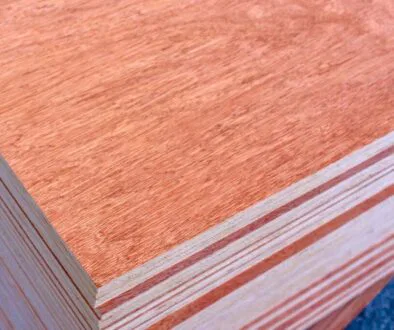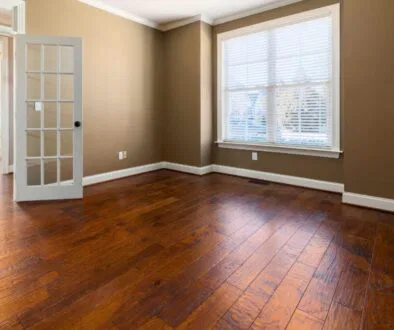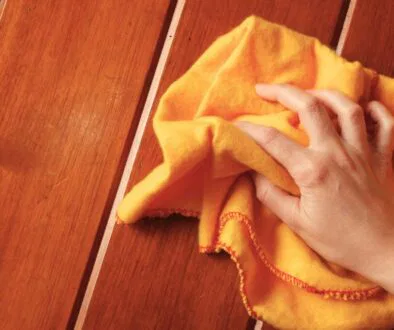Timber Recycling: The Ultimate Guide
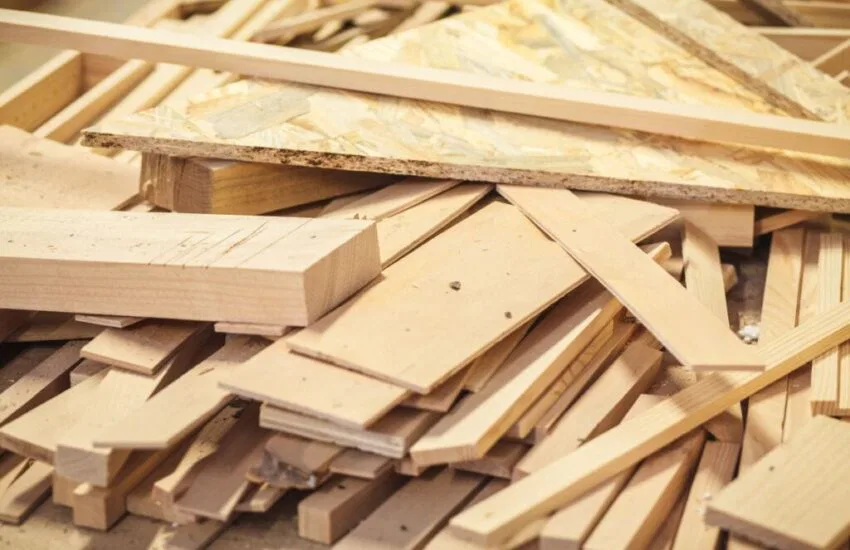
Published July 17, 2024
In today’s world, the push towards sustainability and eco-friendly practices has never been stronger. One powerful way to contribute to a greener planet is through timber recycling.
This guide will walk you through everything you need to know about timber recycling, including its benefits, the process involved, common uses for recycled timber, and tips for recycling timber at home.
Timber Recycling
Timber recycling involves the process of reclaiming old or discarded wood and repurposing it for new uses.
Instead of allowing this valuable resource to end up in a landfill, recycled timber can be transformed into sustainable building materials, furniture, and even decorative items.
By choosing to recycle timber, you help conserve forests, reduce waste, and lower carbon footprints.
Benefits of Recycling Timber
Recycling timber offers a plethora of environmental and economic benefits. Here are some key advantages:
Environmental Benefits
- Conservation of Natural Resources
By recycling wood, fewer trees need to be cut down, helping to preserve forests and habitats. - Reduction in Landfill Waste
Recycled wood reduces the amount of waste that ends up in landfills, thereby decreasing methane emissions from decomposing wood.
Lower Carbon Emissions
The energy required to process recycled timber is significantly lower than that needed for processing new wood, translating to fewer greenhouse gas emissions.
Economic Benefits
- Cost Savings
Recycled timber can be cheaper than new timber, making it a cost-effective option for builders and DIY enthusiasts. - Job Creation
Timber recycling creates jobs in collecting, processing, and selling recycled wood.
The Process of Recycling Timber
The timber recycling process can be broken down into several key steps:
Collection
The first step involves collecting wood from various sources such as construction sites, old buildings, and even household waste. This collected wood is then sorted to separate reusable timber from unusable waste.
Decontamination
Once sorted, the wood undergoes a decontamination process where any nails, screws, or other contaminants are removed. This ensures that the recycled timber is clean and safe for future use.
Processing
The cleaned wood is then processed to transform it into usable forms. This can include cutting, planing, and sanding the timber to meet specific dimensions and quality standards.
Distribution
Finally, the processed timber is distributed to retailers, builders, and manufacturers, ready to be used in new projects.
Common Uses for Recycled Timber
Recycled timber is incredibly versatile and can be used in a variety of applications:
Building Materials
Recycled wood can be used for structural elements in buildings, such as beams, flooring, and wall cladding.
Furniture
Crafting furniture from recycled wood is a popular choice, offering a rustic and unique aesthetic.
Decorative Items
Recycled timber can be transformed into picture frames, shelves, and other decorative items.
Outdoor Projects
Garden beds, fences, and outdoor furniture can all be made from recycled wood, adding charm and sustainability to your outdoor spaces.
Also read: Timber Frame Homes – Pros, Cons, and Costs
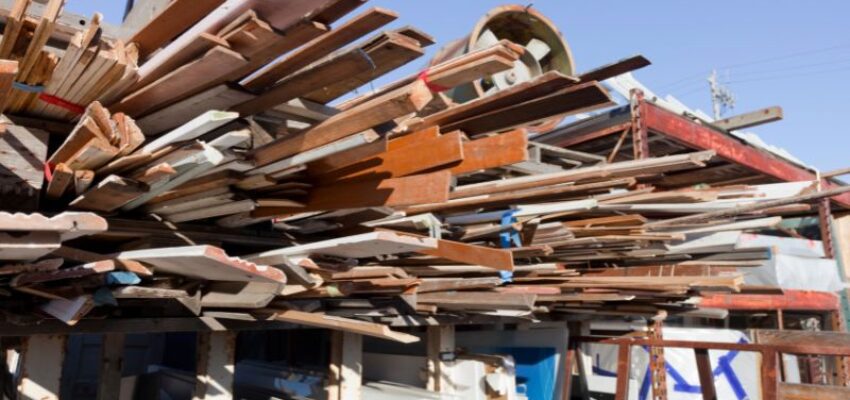
Tips for Recycling Timber at Home
Recycling timber at home can be both rewarding and environmentally friendly. Here are some tips to get you started:
1. Identify Reusable Wood
Look around your home for old furniture, pallets, or offcuts from previous projects that can be repurposed. Ensure the wood is free from pests and rot.
2. Tools and Safety
Invest in basic woodworking tools such as saws, sanders, and drills. Always prioritize safety by wearing protective gear like gloves and goggles.
3. Creative Projects
Start with simple projects like picture frames or shelves before moving on to more complex items like furniture. Online tutorials and woodworking communities can provide valuable guidance.
4. Connect with Local Recyclers
Many communities have recycling centers or businesses that specialize in timber recycling. Connect with them to donate or purchase recycled wood.
5. Spread the Word
Encourage friends and family to recycle timber by sharing your projects and the benefits of timber recycling. The more people involved, the greater the impact on our environment.
Final Thoughts
Timber recycling is an essential practice for promoting sustainability and reducing waste. By understanding the process and benefits and by taking actionable steps at home, you can make a significant contribution to a healthier planet.
Whether you’re a builder, a DIY enthusiast, or someone looking to make eco-friendly choices, recycled timber offers endless possibilities for sustainable living.
Hire The Timber Experts For Your Next Project
Vintage & Specialty Wood should be your source of the highest quality timbers from around the world. When it comes to fabricating and installing reclaimed wood or specialty wood products in your home, we don’t cut corners. We offer many reclaimed wood and specialty wood products such as Douglas Fir, white oak, and much more. We also offer timber framing and wood flooring services as well. Contact our team today to speak to a timber expert about what Vintage & Specialty Wood can do for you.

This Blog Is Fact Checked
This content has undergone meticulous fact-checking by our team of internal experts. Gain a deeper understanding of the high editorial standards we uphold on our website here.

About The Author
Experience, exploration, and knowledge are the hallmarks of writer Rei Bayucca. Her dedication to crafting articles that both inspire and educate will leave you thinking long after you’ve finished reading.

